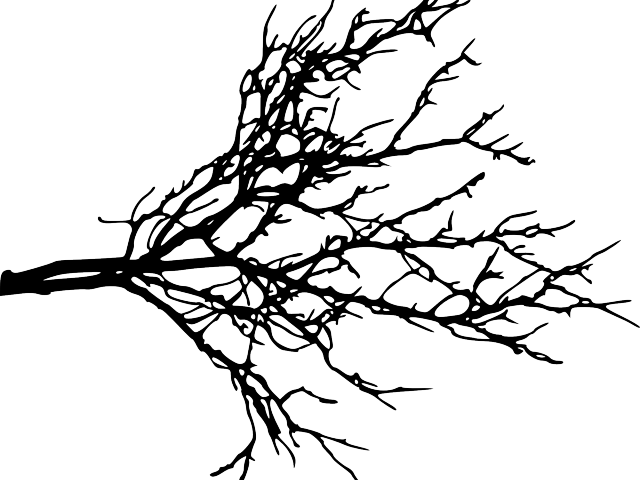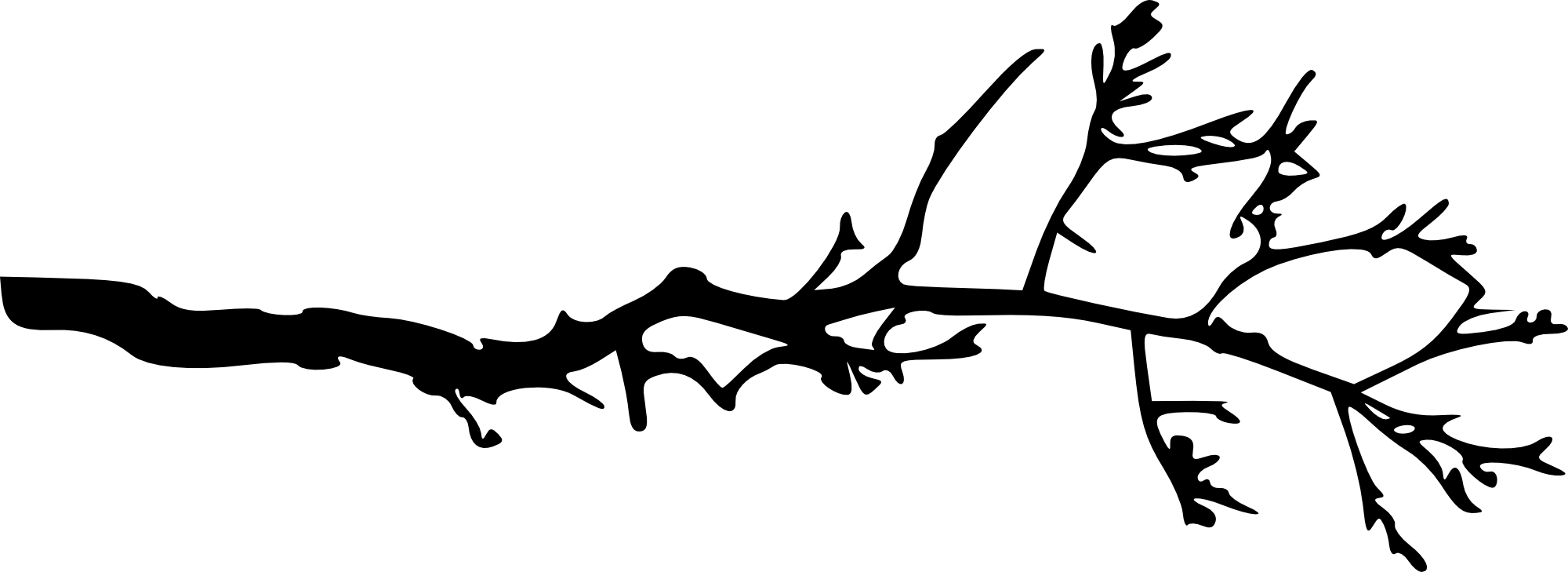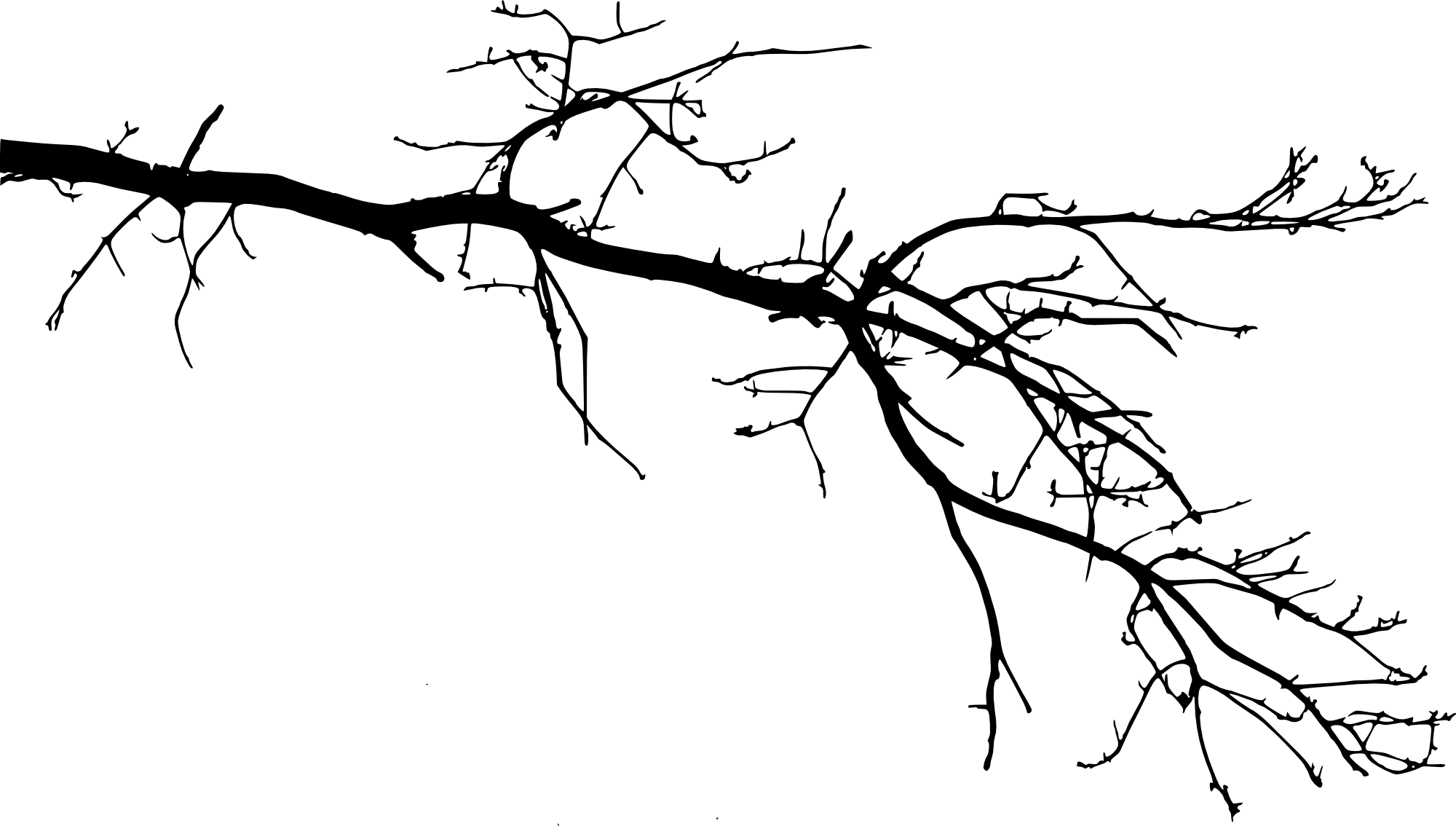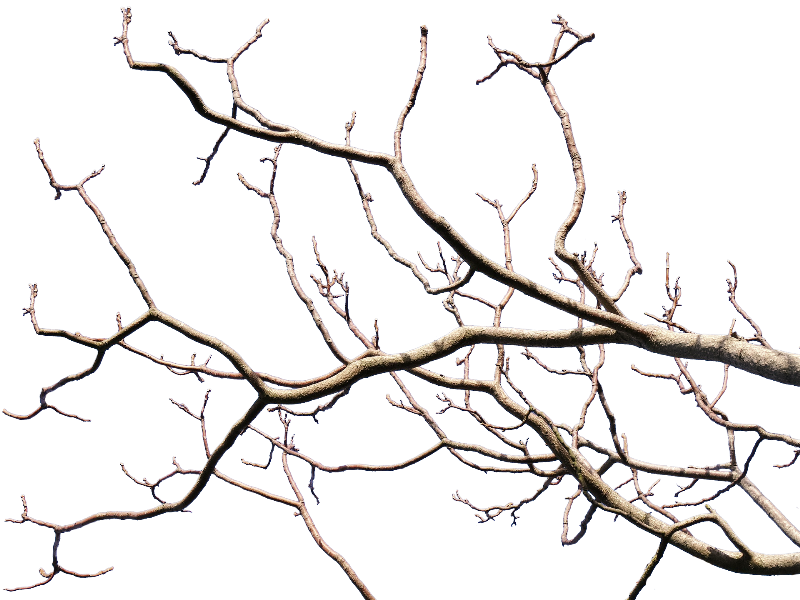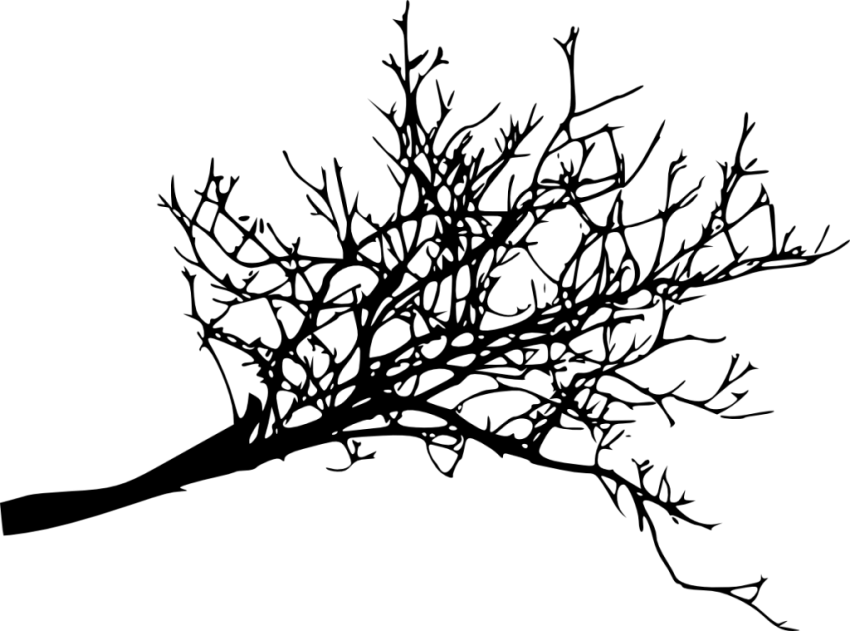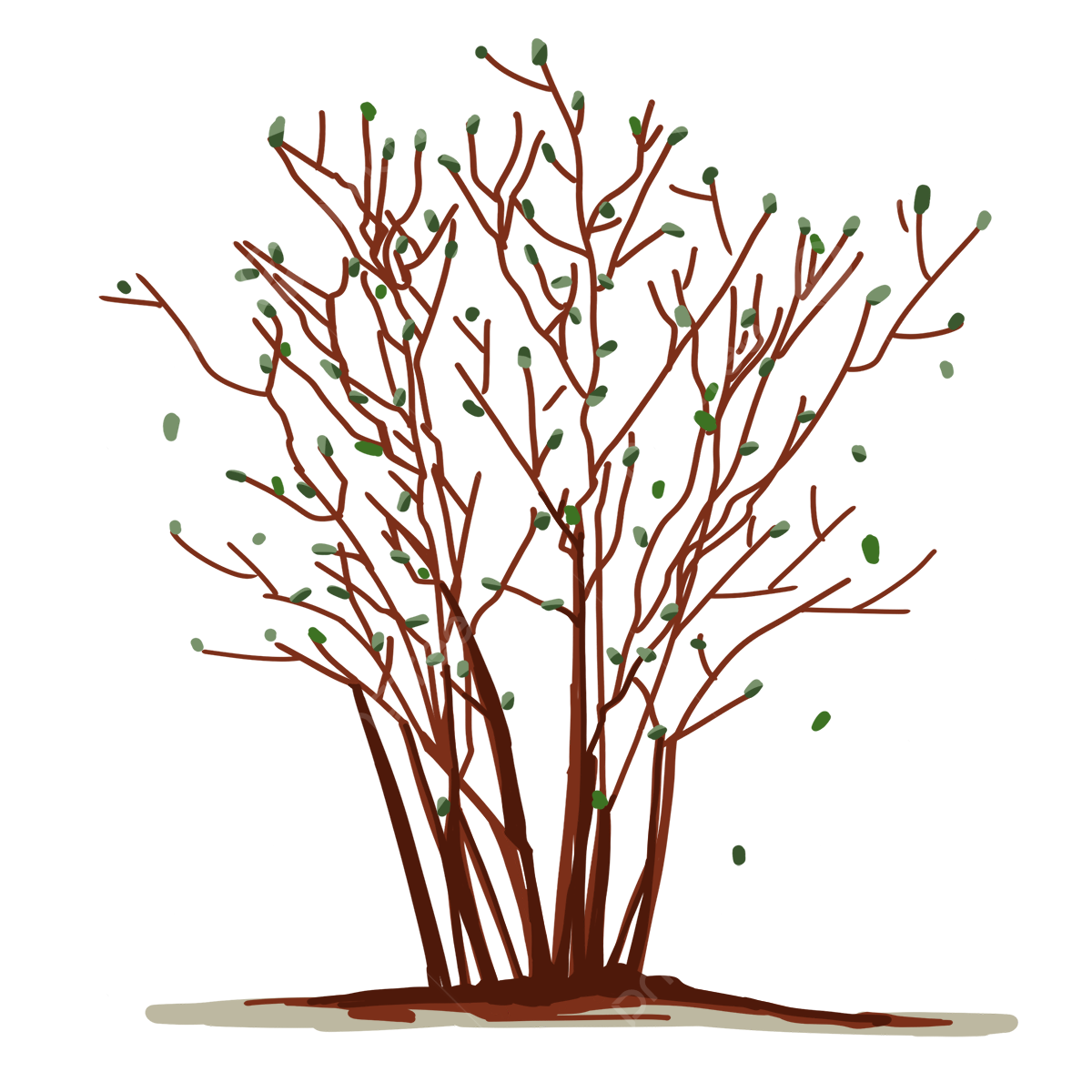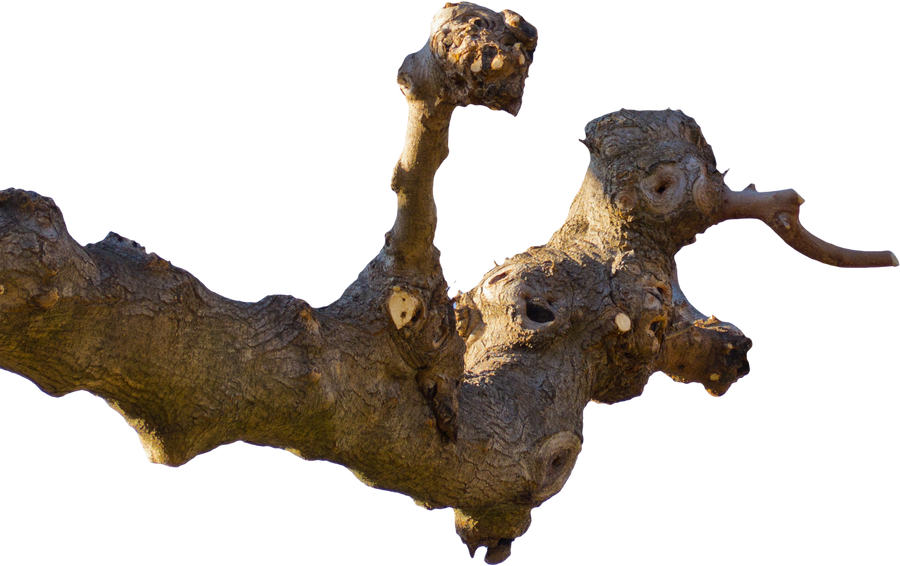Download free Tree Branch PNG Transparent Images, vectors, and clipart for personal or non-commercial projects. Ideal for any design or creative projects. To view the full PNG image in its original resolution, simply click on any of the thumbnails below.
Tree branches are an essential part of any tree, and they play a critical role in its overall health and lifespan. Aside from providing structural support for the tree, branches also serve several other vital functions, such as producing leaves for photosynthesis, flowers for reproduction, and fruits and nuts for animals and humans to consume.
The Parts of a Tree Branch
Before we go any further, let’s first understand the various parts of a tree branch:
- Branch collar: This is a slightly swollen area found at the base of a branch that connects to the tree trunk. It contains specialized tissues that help the branch attach to the tree and prevent the formation of decay and diseases.
- Bark: This is the outermost layer of a branch that serves as its protective covering.
- Cambium: This is a thin layer of tissue found beneath the bark that is responsible for producing new cells and growing the branch in diameter.
- Xylem: This is a tissue found in the center of the branch that is responsible for transporting water and nutrients from the roots to the rest of the tree.
- Phloem: This is another tissue found in the center of the branch that is responsible for transporting sugars and other nutrients produced during photosynthesis to the rest of the tree.
- Leaf scars: These are the marks left on a branch after a leaf has fallen off, and they can be used to identify the species of the tree.
- Buds: These are small, undeveloped shoots found along the length of a branch that can grow into new branches, leaves, flowers, or fruits.
The Importance of Pruning Tree Branches
Pruning is the practice of selectively removing certain branches from a tree to improve its health, appearance, and safety. Proper pruning techniques can help reduce the risk of damaged and weakened branches, improve sunlight penetration and air circulation in the canopy, and encourage better fruit production and flowering.
There are several reasons why you may need to prune a tree, including:
- Dead or damaged branches: These branches can be hazardous if they fall off and can also attract pests and diseases to the tree.
- Crossing or rubbing branches: These branches can cause wounds on the tree, which can lead to decay and diseases.
- Weak or narrow crotch angles: These branches can break off easily in high winds or heavy snow loads.
- Crowded or co-dominant branches: These branches can compete with each other for sunlight and nutrients and can weaken the overall tree structure.
When pruning a tree, it’s essential to make clean, smooth cuts that don’t damage the branch collar or bark. Also, it’s advisable to hire a certified arborist who has the training, skills, and equipment needed to perform tree pruning safely and effectively.
In summary, tree branches are a fundamental part of any tree and contribute significantly to its overall health and longevity. Knowing how to identify the various parts of a branch and when to prune it can help you keep your trees healthy, safe, and attractive for years to come.
If you have any questions or need help with your tree care needs, contact a local certified arborist or tree care professional for assistance.
